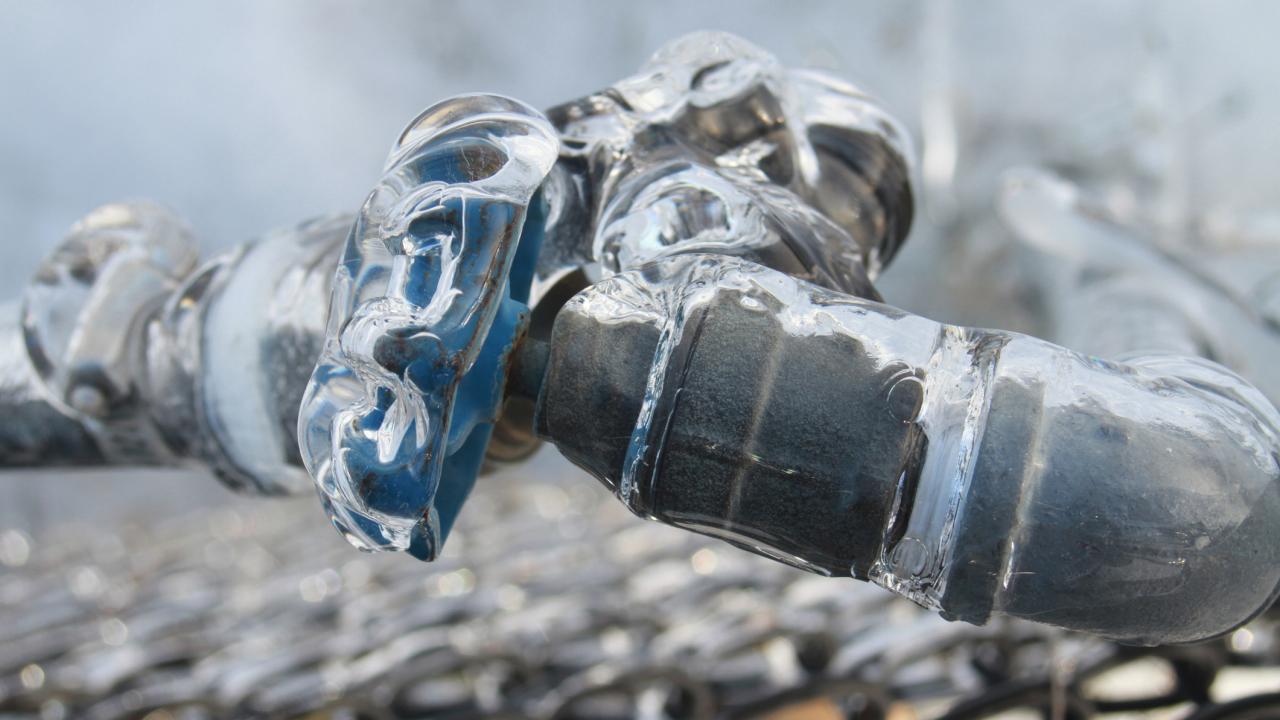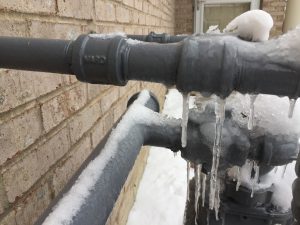Critical Strategies for Preventing Frozen Plumbing in Winter
Critical Strategies for Preventing Frozen Plumbing in Winter
Blog Article
Right here in the next paragraphs you might get more great insight related to How To Avoid Freezing Pipes.

Winter can ruin your pipes, specifically by freezing pipelines. Right here's exactly how to avoid it from taking place and what to do if it does.
Intro
As temperature levels decrease, the threat of icy pipes boosts, possibly resulting in pricey repair services and water damage. Recognizing just how to prevent frozen pipes is important for homeowners in chilly environments.
Understanding Frozen Pipes
What creates pipes to freeze?
Pipelines freeze when subjected to temperatures listed below 32 ° F (0 ° C) for extended periods. As water inside the pipelines ices up, it increases, putting pressure on the pipeline wall surfaces and possibly creating them to break.
Threats and problems
Frozen pipelines can lead to water interruptions, home damages, and expensive repairs. Ruptured pipelines can flooding homes and create substantial architectural damages.
Indicators of Frozen Pipes
Identifying icy pipelines early can stop them from breaking.
Just how to recognize icy pipelines
Search for decreased water flow from faucets, uncommon smells or noises from pipes, and noticeable frost on subjected pipes.
Prevention Tips
Shielding prone pipes
Cover pipelines in insulation sleeves or use warmth tape to secure them from freezing temperatures. Concentrate on pipelines in unheated or exterior locations of the home.
Heating methods
Keep interior spaces properly heated, particularly areas with plumbing. Open up cabinet doors to enable cozy air to flow around pipes under sinks.
Shielding Outside Pipes
Garden hose pipes and exterior taps
Disconnect and drain yard hoses before wintertime. Mount frost-proof spigots or cover outside taps with protected caps.
What to Do If Your Pipelines Freeze
Immediate actions to take
If you think icy pipelines, maintain taps open up to alleviate pressure as the ice melts. Use a hairdryer or towels soaked in hot water to thaw pipelines gradually.
Long-Term Solutions
Architectural modifications
Think about rerouting pipes away from outside wall surfaces or unheated areas. Add added insulation to attic rooms, basements, and crawl spaces.
Updating insulation
Buy top notch insulation for pipes, attic rooms, and wall surfaces. Proper insulation aids preserve consistent temperature levels and decreases the risk of icy pipes.
Final thought
Stopping frozen pipelines requires proactive actions and quick actions. By comprehending the reasons, signs, and safety nets, home owners can safeguard their plumbing throughout cold weather.
6 Proven Ways to Prevent Frozen Pipes and Protect Your Home
Disconnect and Drain Garden Hoses
Before winter arrives, start by disconnecting your garden hoses and draining any remaining water. Close the shut-off valves that supply outdoor hose bibs and leave the outdoor faucet open to allow any residual water to drain. For extra protection, consider using faucet covers throughout the colder months. It’s also important to drain water from any sprinkler supply lines following the manufacturer’s directions.
Insulate Exposed Pipes
Insulating your pipes is an effective way to prevent freezing. Pipe insulation is readily available at home improvement stores and is relatively inexpensive. Pay close attention to pipes in unheated areas such as the attic, basement, crawl spaces, or garage. Apply foam insulation generously to create a buffer against the cold. You can also wrap your pipes in heat tape or thermostat-controlled heat cables for added warmth.
Seal Air Leaks
Inspect your home for any cracks or openings that could let in cold air. Seal any holes around the piping in interior or exterior walls, as well as the sill plates where your home rests on its foundation. Additionally, make sure to keep your garage door closed unless you’re entering or exiting. Leaving it open creates a significant air leak that can lead to frozen pipes.
Allow Warm Air Circulation
During cold snaps, it’s essential to allow warm air to circulate evenly throughout your home. Leave interior doors ajar to promote better airflow. Open kitchen and bathroom cabinets to help distribute heat consistently around the rooms. If you have small children or pets, be sure to remove any household chemicals or potentially harmful cleaners from open cabinets for safety.
Let Faucets Drip
A small trickle of water can make a big difference in preventing ice formation inside your pipes. When temperatures drop significantly, start a drip of water from all faucets served by exposed pipes. This continuous flow helps prevent the water from freezing. Additionally, running a few faucets slightly can relieve pressure inside the pipes, reducing the chances of a rupture if the water inside does freeze.
https://choateshvac.com/6-proven-ways-to-prevent-frozen-pipes-and-protect-your-home/

As a fervent person who reads on How to prepare your home plumbing for winter weather, I imagined sharing that excerpt was beneficial. Be sure to pause to share this blog entry if you enjoyed reading it. Thanks for going through it.
Click Report this page